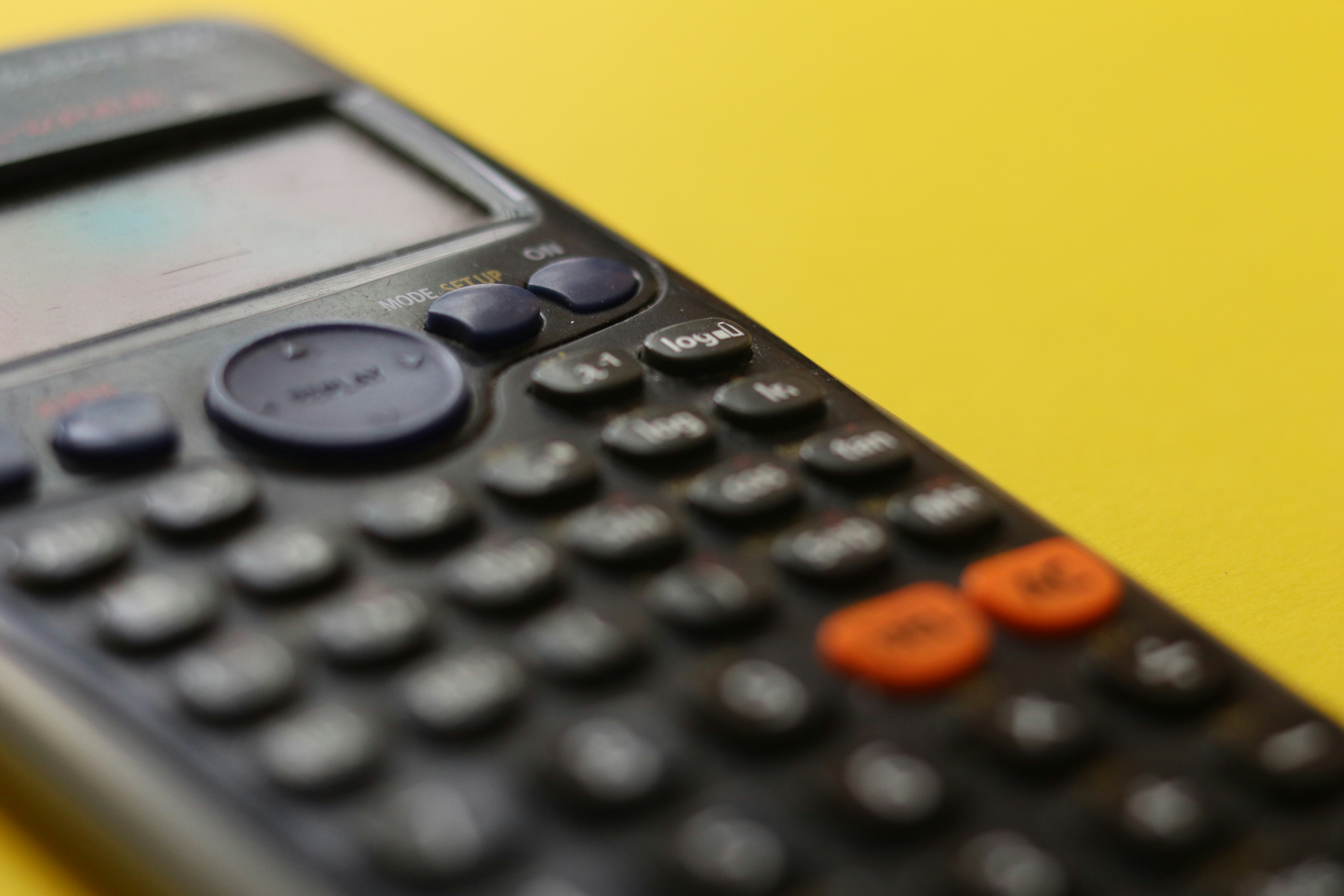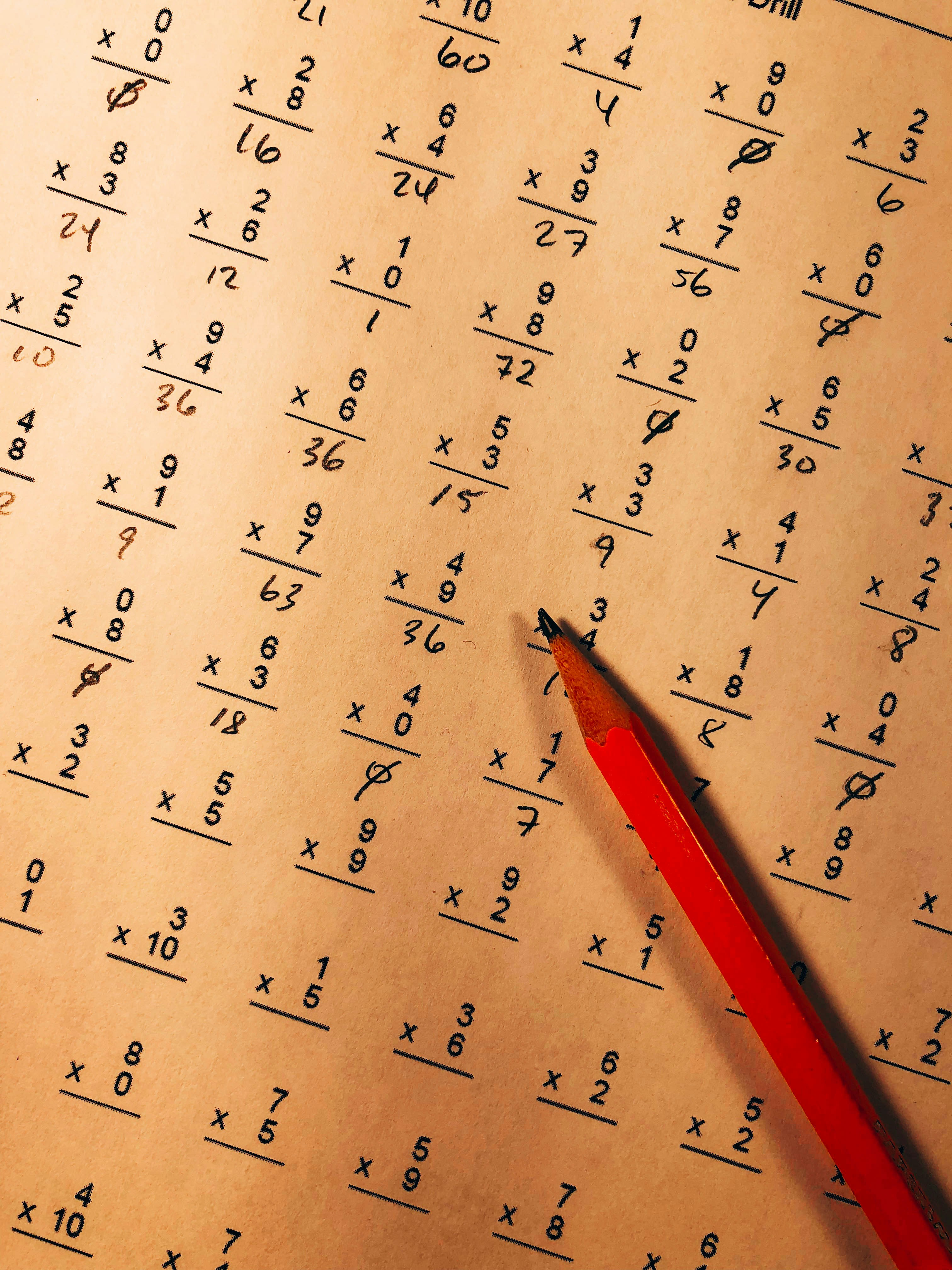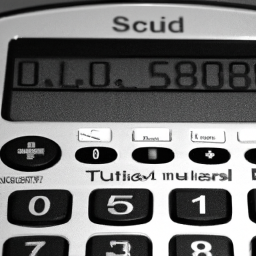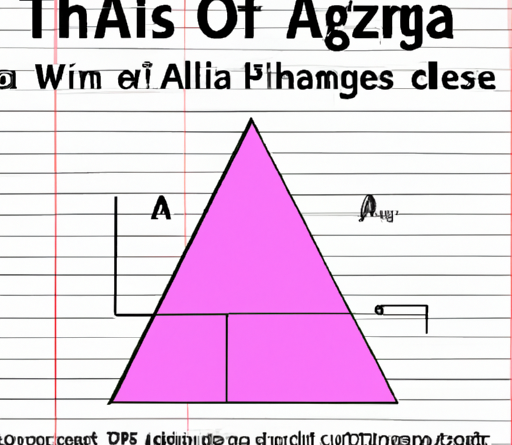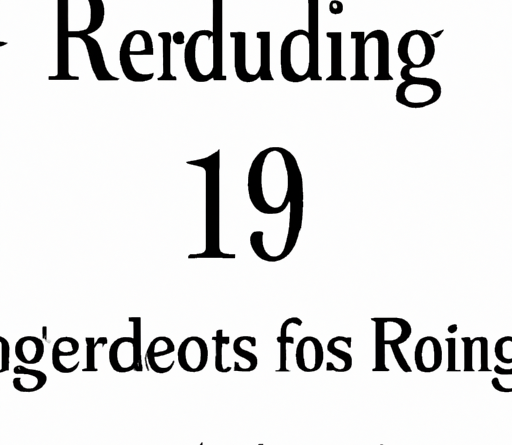
In this article, we’ll guide you on how to round a number to the nearest tenth. You’ll learn step-by-step instructions on how to accurately round any given number to the nearest tenth. We’ll provide clear explanations and examples to help you understand the process better. So, if you’ve ever wondered how to round a number to the nearest tenth, this article has got you covered. Let’s get started!
Table of Contents
How to Round to the Nearest Tenth
Understanding Rounding
Rounding is a mathematical process used to simplify numbers and make them easier to work with. It involves approximating a number to a specific place value. Rounding can be done to any decimal place, including the nearest tenth. This article will guide you through the process of rounding to the nearest tenth, explain its significance, and provide examples and tips for accurate rounding.
The Purpose of Rounding
Rounding serves several purposes, including simplifying numbers for calculations, providing a more manageable representation of data, and improving precision in certain contexts. When dealing with decimal numbers, rounding allows us to express the value in a more concise and understandable manner. It is particularly useful in financial calculations, measurement approximations, and data representation.
The Basics of Rounding
To round a number to a specific decimal place, you need to identify the target place value. In the case of rounding to the nearest tenth, you focus on the tenths place, which is the first digit to the right of the decimal point. The value of the digit immediately following the tenths place determines whether the number will be rounded up or down.
Significance of Rounding to the Nearest Tenth
Rounding to the nearest tenth allows us to approximate a number with just one decimal place. This level of precision is often sufficient for many practical purposes while still providing a reasonably accurate representation of the original value. Rounding to the nearest tenth is commonly used in professions like finance, engineering, and science where a balance between accuracy and simplicity is required.
Defining the Nearest Tenth
Decimal Places and the Tenth
Decimal places represent the different powers of ten to the right of the decimal point. The tenths place is the first digit to the right of the decimal point and has a value of 0.1.
Identifying Numbers to Round to the Nearest Tenth
When rounding to the nearest tenth, you locate the number you want to round and examine the digit immediately to the right of the tenths place. If the digit is 5 or greater, you round up, and if it is 4 or lower, you round down.
Rounding to the Nearest Tenth
Rounding Up to the Nearest Tenth
To round up to the nearest tenth, you increase the value of the tenths place by 1. For example, if you need to round 4.36 to the nearest tenth, you would round it up to 4.4.
Rounding Down to the Nearest Tenth
To round down to the nearest tenth, you simply keep the value of the tenths place as is. For example, if you need to round 4.63 to the nearest tenth, you would round it down to 4.6.
Rounding Rules for Numbers ending in 5
When the digit in the tenths place is 5, the rounding rule varies depending on the context. Some rounding algorithms round it up, while others round to the nearest even number. For example, if you need to round 4.45 to the nearest tenth using the “round up” rule, it would become 4.5. However, if you apply the “round to the nearest even number” rule, it would be rounded down to 4.4.
Examples of Rounding to the Nearest Tenth
Rounding Whole Numbers to the Nearest Tenth
When rounding whole numbers to the nearest tenth, you simply add a decimal point and a zero. For example, rounding 6 to the nearest tenth becomes 6.0.
Rounding Decimals to the Nearest Tenth
When rounding decimals to the nearest tenth, you focus on the digit immediately to the right of the tenths place. For example, rounding 3.47 to the nearest tenth would result in 3.5.
Understanding the Effects of Rounding
Effects of Rounding on Precision
Rounding can simplify complex numbers, making them easier to work with. However, it also leads to a loss of precision. The greater the level of rounding, the more precision is sacrificed. It is important to consider the level of accuracy required in any given context when choosing the appropriate level of rounding.
Potential Errors in Rounded Values
Rounding introduces the potential for errors, especially when working with multiple rounded numbers or performing calculations involving rounded values. These errors can accumulate and lead to significant discrepancies. It is crucial to be aware of these limitations and take them into account when making decisions based on rounded values.
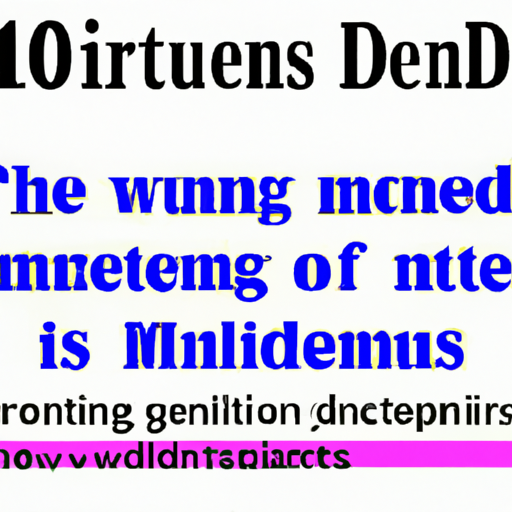
Common Mistakes to Avoid
Misinterpreting Rounding Rules
One common mistake is misinterpreting the rounding rules, especially when dealing with numbers ending in 5. Remember to consult the specific rounding algorithm or rule being used to ensure accurate rounding.
Forgetting to Include Decimal Points
Another mistake is forgetting to include decimal points when rounding, particularly when rounding whole numbers. Always remember to add the decimal point and corresponding zero when rounding whole numbers to the nearest tenth.
Incorrectly Applying Rounding Algorithm
Applying the wrong rounding algorithm can also lead to errors. Ensure that you understand and use the correct rounding procedure for the specific context or calculation.
Tips for Accurate Rounding
Understanding the Number’s Value
To achieve accurate rounding, it is important to have a clear understanding of the number being rounded and its significance in the given context. Consider the level of precision required and how the rounded value will be used.
Using Number Line for Visualization
Using a number line can help visualize the proximity of a number to its neighboring tenths. This visual representation can aid in determining whether rounding up or down is appropriate.
Checking Rounding Results
Always double-check rounding results to ensure accuracy. Perform manual calculations or use a calculator to verify that the rounded value is correct.

Applications of Rounding to the Nearest Tenth
Financial Calculations
Rounding to the nearest tenth is commonly used in financial calculations, such as calculating interest rates, mortgage payments, and investment returns. It simplifies the values without significantly impacting the overall accuracy of the results.
Measurement Approximations
In fields like engineering or construction, measurements often need to be approximated for practical purposes. Rounding to the nearest tenth allows for easier handling of measurements while still maintaining an acceptable level of precision.
Data Representation
When representing and presenting data, rounding to the nearest tenth can make the values more digestible and understandable for the audience. It helps prevent overwhelming them with unnecessary decimal places while still conveying the key information accurately.
Benefits and Drawbacks of Rounding
Simplifying Complex Numbers
One of the main benefits of rounding is simplifying complex numbers, making them easier to work with in calculations and analysis. This simplification can save time and effort while still maintaining an acceptable level of accuracy.
Loss of Precision
A significant drawback of rounding is the loss of precision. Rounding can introduce small errors that accumulate over time, potentially leading to significant discrepancies. It is crucial to be mindful of the level of precision required in each specific context.
Potential Cumulative Errors
When multiple rounded numbers are used in calculations, the potential for cumulative errors increases. These errors may seem small individually but can compound and result in substantial discrepancies in the final results. It is important to monitor and account for these potential cumulative errors.
Conclusion
Rounding to the nearest tenth is a valuable mathematical technique that allows us to simplify numbers and make them more manageable. Understanding the basics of rounding, knowing when and how to round, and being aware of its effects are essential for accurate and meaningful calculations. By following the tips and guidelines provided in this article, you can confidently round numbers to the nearest tenth in a variety of contexts, from financial calculations to measurement approximations and data representation. Remember that accuracy and precision should always be prioritized when rounding, and double-checking results is crucial to ensure correctness.


